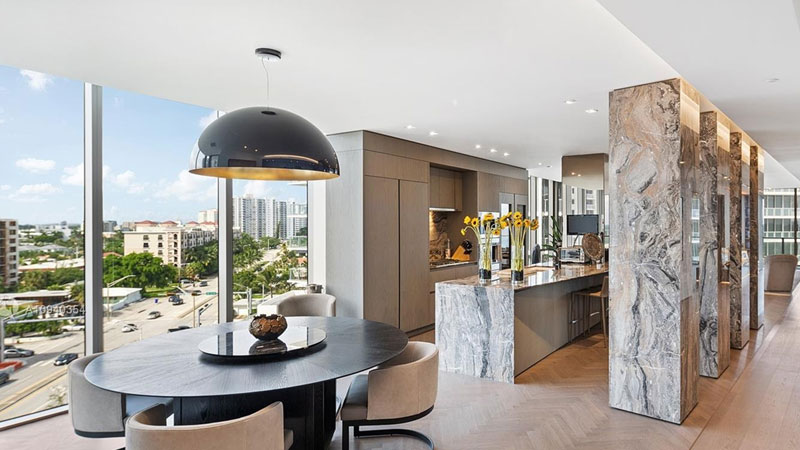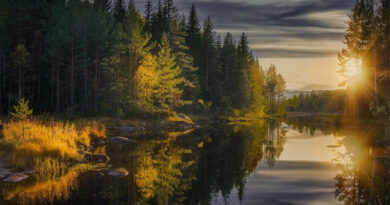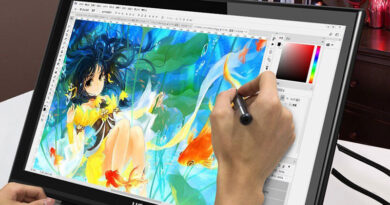What Makes for Good Real Estate Photography?
Any real estate agent can tell you how important it is to have amazing photos of a property. These days, most prospective homebuyers do extensive research on a property before they ever visit it in person. They look up photos on the internet, pay attention to marketing campaigns, and usually form a strong impression before they ever schedule a tour.

If you’re invested in luxury property marketing strategies, like postcard marketing, photos are even more important; you’ll only get one shot to pique your target’s interest and get them to take the next step toward buying the home.
But what exactly is it that makes for “good” real estate photography? What steps can you take to improve your photos?
The Importance of Hiring a Professional
One of the best things you can do for yourself is hire a professional photographer. There are several advantages to this:
- Better equipment. If you plan on doing the photography on your own, you’ll need to purchase all the equipment (which can cost hundreds of dollars). If you hire a pro, they’ll have all their own materials.
- A better eye. Professionals also have a better eye and a lot more experience, especially if they’re used to the real estate industry. You’ll get much better, consistent shots of the property.
- Accountability and improvements. If you’re not happy with the work your photographer is doing, you can talk with them and, hopefully, get something better. Having that accountability is important if you want better results.
- Consistency over time. If the first arrangement goes well, you can hire this photographer in the future to cover other properties. Over time, you’ll build consistency and reliability into your listing process this way.
That aside, what is it that makes for “good” real estate photography?
Property Preparation
Before you take a single photo, you’ll need to spend time preparing the property. You want the place to look as good as possible, so you’re showing it off at its best.
Tactics here include:
- Depersonalization. If the home is still occupied, do what you can to help “depersonalize” it. That means taking down family photos, removing controversial artworks, and getting rid of any trace of a pet.
- Cleaning and decluttering. You’ll obviously want to spend time cleaning and decluttering as well. The house should be effectively spotless by the time you’re done with it; excessive dirt, dust, or stains can instantly ruin an otherwise great photo.
- Staging. Depending on the house, you may also want to invest in home staging, with prepared furniture placed in a way that shows off the effective space of the property.
Excellent Lighting
One of your best tools in real estate photography is lighting. The right lighting can instantly make a space seem warmer, more inviting, and more aesthetically appealing – while bad lighting can make it seem terrible. Natural light is your best friend, so try to get as many daytime shots as you can. Otherwise, make use of accent lights to show off the best features of the property.
A Better Sense of Space
It’s also important to make the property look as big as possible. Using a wide-angle lens and taking photos from a corner can make a room seem much bigger than a traditional photograph. You don’t want to misrepresent the property here – but you do want it to look its best.
Multiple Angles
Take photos from a number of different angles. This way, you can show off multiple sides of the room. Plus, you’ll have a broader selection to choose from when it comes time to make your final photo selections.
You can also differentiate your listing by including some photos from truly unique angles. For example, you can use a drone to take aerial photos and show off what the property looks like from hundreds of feet in the air.
Editing
Taking photos is just the first step of the process. You’ll also want to spend time reviewing and editing those photos. Don’t do anything to change the subject of your photography, such as adding or removing details, but feel free to make touch-ups to show the best side of the property.
Additionally, you’ll want to take a ton of photos during the core photography process – but only select about 20 to feature in your listing. If you have too few photos, people aren’t going to take the listing seriously. But if you have too many, people are going to bail before reviewing them all.
With better photos, you’re going to see better results. Your listings are going to get more views, your properties will get more visits – and ultimately, you’ll close more deals. As long as you’re willing to invest some time and money in this area, you can be highly competitive.



